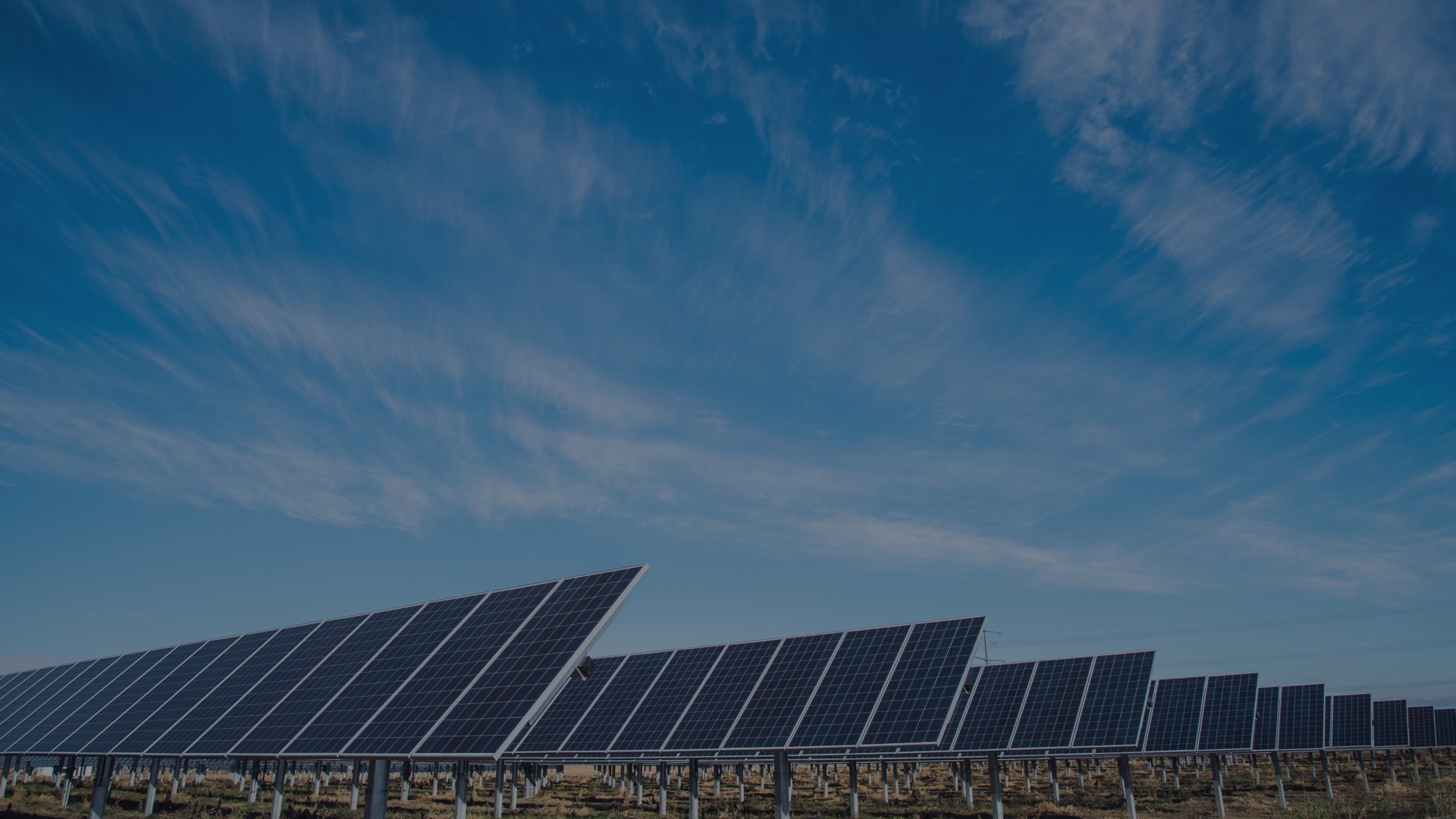Ingot production process:
Ingots are produced by melting recycled silicon in crucibles which are put in furnaces. Crystallisation into ingots starts by cooling the crucibles. Monocrystalline ingots are produced by cooling from the top in order to create monocrystalline silicon while multicrystalline ingots are produced by cooling the crucibles from the bottom.
ReneSola currently uses local made furnaces from Beijing Oriental Keyun Crystal Technologies for its monocrystalline ingot production. Each monocrystalline furnace costs ~US$100,000 each. Each moncrystalline furnace can produce ~500 kg of silicon ingot per month, giving a total capacity of ~45 tons per month. This translates into annual capacity of ~80 MW, or ~33mn 5”solar wafers.
The output of these furnaces can be enhanced by using higher grade silicon feedstock or refinements to the manufacturing process. Currently, management is focused on improving efficiency, but could also enjoy gains from using higher grade raw materials when they become more readily available and cost effective.
Early in 2007, management plans to install 17 multicrystalline furnaces from ALD in Germany. Each multicrystalline furnace costs ~US$750,000 each, and has a monthly production capacity of >2,400kg. Multicrystalline solar cells have approximately 8% lower energy conversion efficiency than monocrystalline cells, so multicrystalline wafer prices are slightly lower wafer than similar monocrystalline wafers. However, multicrystalline wafers offer the flexibility of using lower grade polysilicon feedstock and enjoy similar profitability to monocrystalline wafers despite the lower prices as they are also marginally cheaper to produce as they are more energy efficient and can offer higher output yields from recycled polysilicon.
Wafer production process:
Round monocrystalline ingots are first squared by sawing, and then the resultant bricks are sliced into wafers. Rectangular multicrystalline ingots are first cut into smaller bricks which are then sliced into wafers. The thinness of the wafers will determine how many wafers can be produced from a standard ingot. Currently, ReneSola is slicing monocrystalline ingots to 220micron thickness and plans to migrate to 200micron thickness to improve its material efficiency.
Until it has installed and run in its new wafer slicing equipment, ReneSola will sub-contract the slicing of its silicon ingots into solar wafers to third parties. Each kg of silicon ingot is sliced into 52 220 micron thick wafers.
ReneSola plans to use wire saws from NTC in Japan for its monocrystalline ingots, and will use wire saws from Mayer Burger in Switzerland to slice its multicrystalline ingots into 6” wafers. Both these wire saws are capable of slicing 200 micron thick wafers, which would enhance the number of wafers per ingot from 52 currently to 57.
30.04.2007
ReneSola Ltd – A Closer Look at This Company
Other News
